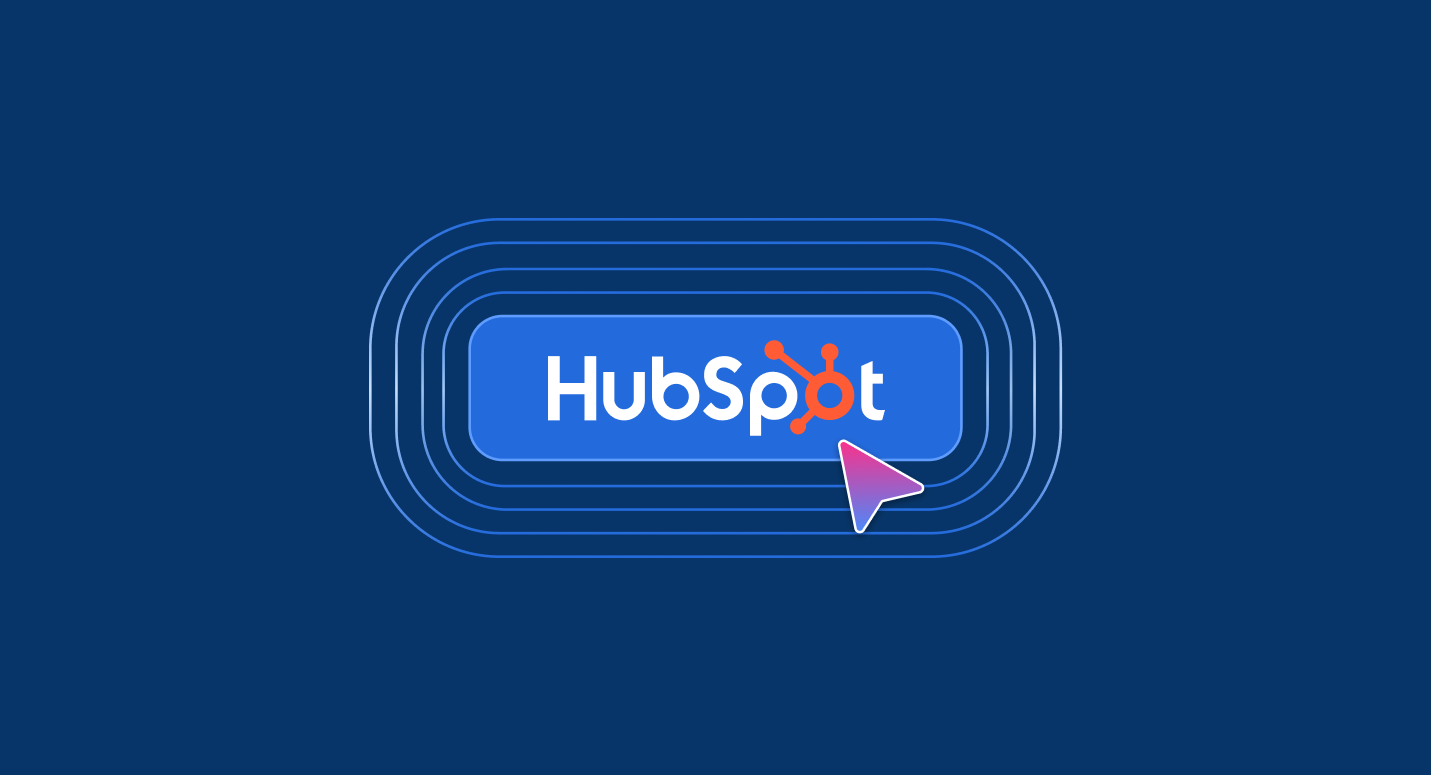Artificial intelligence, particularly voicebots and chatbots, promises to revolutionize customer service. However, the most significant challenge isn’t their sophistication but how they influence the underlying processes of contact centers.
Takeaways
- Voicebots and chatbots—from simple IVR menus to advanced LLMs, can automate routine contact center tasks, but their effectiveness depends more on process design than on technology sophistication.
- Advanced bots like LLMs are resource-intensive and prone to errors; they perform best as advisors supporting live agents rather than replacing them entirely.
- Well-defined processes, including clear escalation paths, accurate data, role assignments, and integration with CRM and helpdesk systems, are essential for successful automation.
- Bots should be trained according to a company’s specific CX approach, whether highly scripted or agent-empowered, to handle queries efficiently and consistently.
- Automation enhances efficiency but cannot replace human process design; combining high-performance contact center software with thoughtful workflow design maximizes AI-driven CX outcomes.
Understanding Voicebot and Chatbot Technology
Voicebots and chatbots use the same technology, differing only in their output: voice for voicebots and text for chatbots. The simplest versions are IVR menus and scripted chatbots, which often frustrate customers with limited options and rigid scripts.
Natural Language Understanding (NLU) bots are a more advanced form of essentially the same technology. These bots can classify incoming speech or text, understand the customer’s intent, and respond using information from your CRM and other databases. However, they are still limited by the knowledge they possess.
The pinnacle of chatbot technology is represented by Large Language Models (LLMs). These models can understand and generate human-like text, handle complex queries, and engage in open-ended conversations. However, they are complex and resource-intensive, and they can make costly mistakes, like selling a car for $1. Therefore, LLMs are more useful as advisors to live agents handling complex customer requests.
The Importance of Effective Process Design
Simple NLU bots can be highly effective in a contact center. Given the scripted nature of many interactions, these bots can handle most incoming queries, such as order status, flight information, or balance inquiries. Automating these routine tasks can reduce agent workload by 70-80%. A study found that the benchmark First Contact Resolution rate for contact centers is 74%, indicating that most requests are simple.
It’s a misconception that a bot needs to sound incredibly human to be effective. Subtle imperfections can enhance a bot’s perceived authenticity. Research shows that many people mistake bots for human agents, highlighting the importance of realistic text-to-speech technology.
To fully realize the potential of voicebots and chatbots, meticulous process design is essential. Clear communication scenarios, assigned responsibilities, established escalation paths, and ensured data privacy are critical components. Additionally, seamless integration with existing systems like CRM, helpdesks, and contact center software is an essential component of efficient operation.
Training Bots and Streamlining Operations
A well-structured contact center is easier to automate. When processes are clear, data is accurate, and roles are defined, bots can be integrated into workflows with ease. Once you’ve established a well-structured contact center as your baseline, you can train a bot to function effectively within your customer service system.
Companies have different, equally effective approaches to CX. The key to effectively training chatbots and voicebots is ensuring they know where to route queries, how to handle common requests, and where to find critical data within your specific system.
Some international airlines, for example, have a highly segmented and scripted support system. When trying to locate an iPad left on a plane, one might bounce between multiple teams until discovering that an iPad left in a seat pocket is classified as lost baggage.
While this approach may seem inefficient on its face, it likely helps the airlines quickly process thousands of similar requests, and customers find their lost luggage.
Other companies take a different approach, ensuring every customer support agent has the tools necessary to solve every customer query.
Bots can assist both types of teams in satisfying customer queries, they just have to be trained on your company’s specific CX approach.
The Bottom Line
While advancements in voicebots and chatbots are impressive, their success hinges on underlying processes.
There’s no better way to unlock clear, impactful business processes than adopting high-performance contact center software. Voiso engineers are experts in LLM-powered chatbots and voicebots and can tailor an AI-enhanced CX flow to your business’s specific needs.
Still, automation is a tool, not a magic wand. It’s the human element of process design and implementation that truly unlocks its potential.





